 The Swoon Theories
The Swoon Theories
From the September 1928 issue of The Review of Religions. A compilation of various views and opinions from scholars of the 18th to 20th centuries on Jesus(as) surviving the Crucifixion, going into a coma and being resuscitated through healing herbs.
The following eminent scholars hold that Jesus Christ did not die on the Cross. We give their versions of the story in the words of Dr. Schweitzer as far as possible – (Ed.:“R.R.”)
Karl Bahrdt (1741-1792)
Karl Friedrich Bahrdt was born in 1741 at Bischofswerda. He died in 1792.
Bahrdt finds the key to the explanation of the life of Jesus in the appearance in the Gospel narrative of Nicodemus and Joseph of Arimathea. They are not disciples of Jesus, but belong to the upper classes. What role, then, can they have played in the life of Jesus, and how did they intercede on his behalf? They were Essenes.
In the end the piece is staged to perfection. Jesus provokes the authorities by his triumphal Messianic entry. The unsuspected Essenes in the Council urge on his arrest and secure his condemnation – though Pilate almost frustrates all their plans by acquitting him. Jesus, by uttering a loud cry and immediately afterwards bowing his head, shows every appearance of a sudden death. The centurion has been bribed not to allow any of his bones to be broken. Then comes Joseph or Ramath, as Bahrdt prefers to call Joseph of Arimathea, and removes the body to the cave of the Essenes, where he immediately commences measures of resuscitation…In the cave the most strengthening nutriment was supplied to him. “Since the humours of the body were in a thoroughly healthy condition, his wounds healed very rapidly, and by the third day he was able to walk, in spite of the fact that the wounds made by the nails were still open.” (more…)

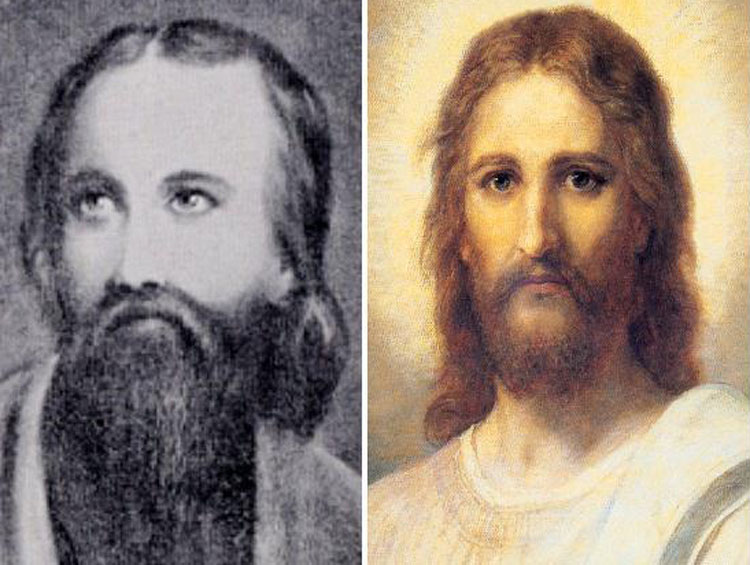

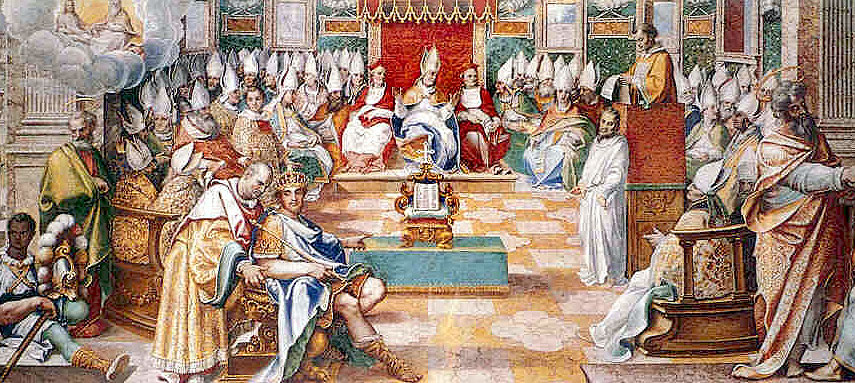
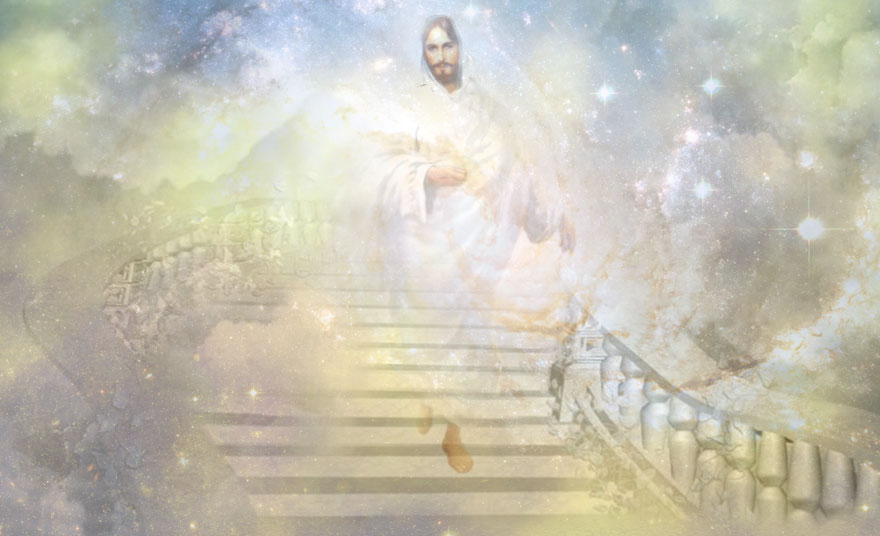

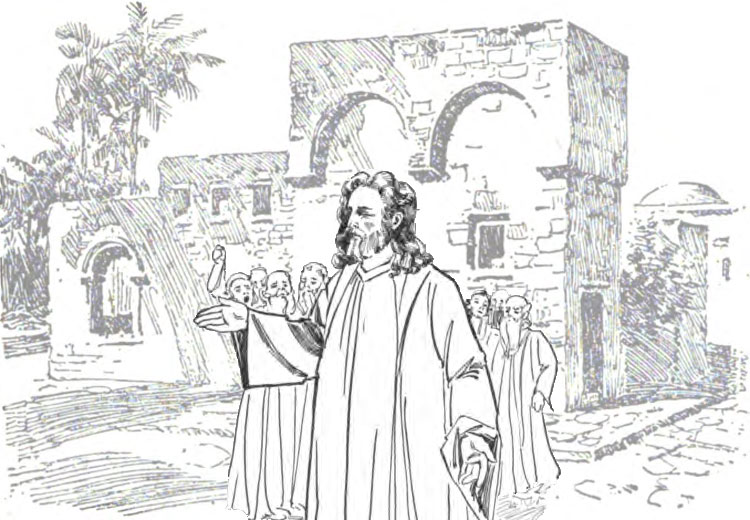

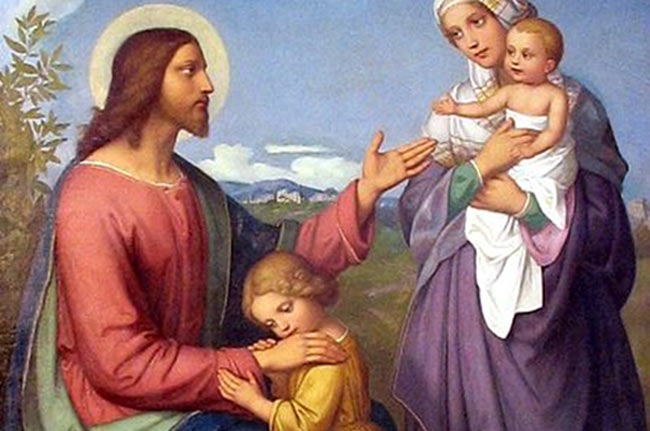



 s and order were required; then the multitude soon became as still as death.
s and order were required; then the multitude soon became as still as death.

 You Are God: The True Teachings of Jesus
You Are God: The True Teachings of Jesus